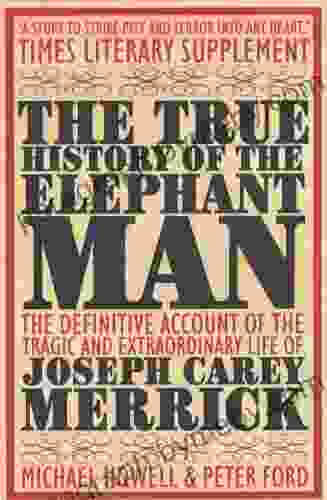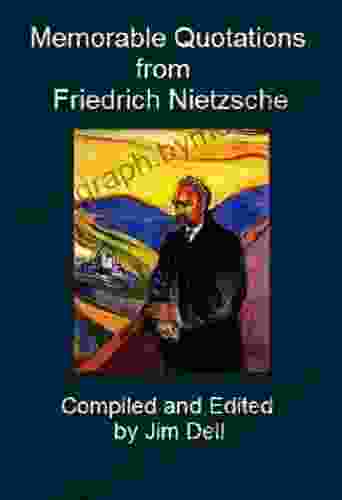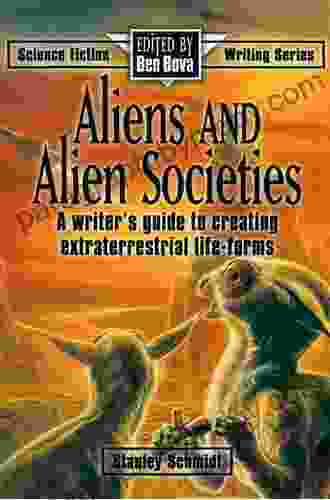Homotopy Methods in Topological Fixed and Periodic Points Theory

Homotopy methods are a powerful tool in the study of fixed and periodic points of continuous maps. They are based on the idea of homotoping a given map to a simpler one, and then using the properties of the simpler map to deduce information about the original map.
In this article, we will provide a comprehensive overview of homotopy methods in topological fixed and periodic points theory. We will begin by introducing the basic concepts of homotopy and fixed points, and then discuss some of the most important applications of homotopy methods in this area. We will also highlight some recent advancements in the field, and provide an extensive bibliography for further reading.
Homotopy: A homotopy between two continuous maps f and g from a topological space X to a topological space Y is a continuous map F: X x [0,1] -> Y such that F(x,0) = f(x) and F(x,1) = g(x) for all x in X. We say that f and g are homotopic if there exists a homotopy between them.
4.8 out of 5
| Language | : | English |
| File size | : | 4408 KB |
| Text-to-Speech | : | Enabled |
| Screen Reader | : | Supported |
| Print length | : | 332 pages |
Fixed point: A fixed point of a continuous map f: X -> X is a point x in X such that f(x) = x.
Periodic point: A periodic point of a continuous map f: X -> X is a point x in X such that f^n(x) = x for some integer n > 1, where f^n denotes the n-fold composition of f with itself.
Homotopy methods have a wide range of applications in topological fixed and periodic points theory. Some of the most important applications include:
- Fixed point theorems: Homotopy methods can be used to prove a variety of fixed point theorems, including the Brouwer fixed point theorem, the Schauder fixed point theorem, and the Lefschetz fixed point theorem.
- Periodic point theorems: Homotopy methods can also be used to prove a variety of periodic point theorems, including the Poincaré-Birkhoff theorem and the Conley-Zehnder theorem.
- Degree theory: Homotopy methods can be used to develop a powerful degree theory for continuous maps. This degree theory can be used to study the number of fixed points and periodic points of a map.
- Cohomology theory: Homotopy methods can be used to develop a cohomology theory for topological spaces. This cohomology theory can be used to study the topological properties of a space, and to obtain information about its fixed points and periodic points.
In recent years, there have been a number of significant advancements in homotopy methods in topological fixed and periodic points theory. These advancements include:
- New fixed point theorems: New fixed point theorems have been developed that apply to a wider class of maps and spaces. These theorems have been used to solve a number of important problems in topology and analysis.
- New periodic point theorems: New periodic point theorems have been developed that apply to a wider class of maps and spaces. These theorems have been used to study the dynamics of a variety of systems, including chaotic systems and Hamiltonian systems.
- New degree theory: New degree theory results have been developed that extend the classical degree theory to a wider class of maps and spaces. These results have been used to study the number of fixed points and periodic points of a map, and to obtain information about the topological properties of a space.
- New cohomology theory: New cohomology theory results have been developed that extend the classical cohomology theory to a wider class of spaces. These results have been used to study the topological properties of a space, and to obtain information about its fixed points and periodic points.
For further reading, we recommend the following references:
- [1] V. I. Arnold, "Mathematical Methods of Classical Mechanics," Springer-Verlag, New York, 1978.
- [2] R. F. Brown, "Topology and Groupoids," Birkhäuser, Basel, 1988.
- [3] K. C. Chang, "Fixed Point Theory," Springer-Verlag, New York, 1993.
- [4] A. Granas and J. Dugundji, "Fixed Point Theory," Springer-Verlag, New York, 2003.
- [5] J. W. Milnor, "Topology from the Differentiable Viewpoint," Princeton University Press, Princeton, 1965.
- [6] R. Palais, "Foundations of Global Nonlinear Analysis," Benjamin, New York, 1968.
- [7] J. T. Schwartz, "Nonlinear Functional Analysis," Gordon and Breach, New York, 1969.
Homotopy methods are a powerful tool in the study of fixed and periodic points of continuous maps. They have a wide range of applications, and have been used to solve a number of important problems in topology and analysis. In recent years, there have been a number of significant advancements in homotopy methods in topological fixed and periodic points theory, which have extended the applicability of these methods to a wider class of maps and spaces.
We hope that this article has provided you with a comprehensive overview of homotopy methods in topological fixed and periodic points theory. For further reading, we recommend the references listed in the bibliography.
4.8 out of 5
| Language | : | English |
| File size | : | 4408 KB |
| Text-to-Speech | : | Enabled |
| Screen Reader | : | Supported |
| Print length | : | 332 pages |
Do you want to contribute by writing guest posts on this blog?
Please contact us and send us a resume of previous articles that you have written.
 Book
Book Novel
Novel Page
Page Chapter
Chapter Text
Text Story
Story Genre
Genre Reader
Reader Library
Library Paperback
Paperback E-book
E-book Magazine
Magazine Newspaper
Newspaper Paragraph
Paragraph Sentence
Sentence Bookmark
Bookmark Shelf
Shelf Glossary
Glossary Bibliography
Bibliography Foreword
Foreword Preface
Preface Synopsis
Synopsis Annotation
Annotation Footnote
Footnote Manuscript
Manuscript Scroll
Scroll Codex
Codex Tome
Tome Bestseller
Bestseller Classics
Classics Library card
Library card Narrative
Narrative Biography
Biography Autobiography
Autobiography Memoir
Memoir Reference
Reference Encyclopedia
Encyclopedia Jefferson Morley
Jefferson Morley Sachiko Toyozato
Sachiko Toyozato Jeff Davidson
Jeff Davidson Jill Sherman
Jill Sherman Jeff Seidel
Jeff Seidel Jeff Leighton
Jeff Leighton Jennifer Riel
Jennifer Riel L Ron Hubbard
L Ron Hubbard Lisa Pietsch
Lisa Pietsch Jerry Scott
Jerry Scott Jill Winch
Jill Winch Jeff Savage
Jeff Savage Lucy Cooke
Lucy Cooke Jessica Bohrer
Jessica Bohrer Jill Murphy
Jill Murphy Jennifer Keishin Armstrong
Jennifer Keishin Armstrong Jessica Walstad
Jessica Walstad Shane Lochlann Black
Shane Lochlann Black Timothy Phelps
Timothy Phelps Jessie Cal
Jessie Cal
Light bulbAdvertise smarter! Our strategic ad space ensures maximum exposure. Reserve your spot today!

 Michael ChabonUnveiling the Uterus: A Revolutionary Perspective with Jessica Mayer Koren's...
Michael ChabonUnveiling the Uterus: A Revolutionary Perspective with Jessica Mayer Koren's... Theodore MitchellFollow ·10.3k
Theodore MitchellFollow ·10.3k Mitch FosterFollow ·17.2k
Mitch FosterFollow ·17.2k Henry HayesFollow ·7.3k
Henry HayesFollow ·7.3k Nick TurnerFollow ·19.6k
Nick TurnerFollow ·19.6k Danny SimmonsFollow ·5.6k
Danny SimmonsFollow ·5.6k Dan BrownFollow ·9.4k
Dan BrownFollow ·9.4k Eddie PowellFollow ·12k
Eddie PowellFollow ·12k Hudson HayesFollow ·3.1k
Hudson HayesFollow ·3.1k

 Jeremy Mitchell
Jeremy MitchellUnveiling the Truth: The Captivating Saga of The Elephant...
Embark on a poignant journey through the...

 Marvin Hayes
Marvin HayesThe Day The World Came To Town: A Heartwarming Tale of a...
In the quaint...

 Hugh Bell
Hugh BellExplore the Avian Treasures of Wisconsin: A Review of...
Unveiling the Secrets of...
4.8 out of 5
| Language | : | English |
| File size | : | 4408 KB |
| Text-to-Speech | : | Enabled |
| Screen Reader | : | Supported |
| Print length | : | 332 pages |
















